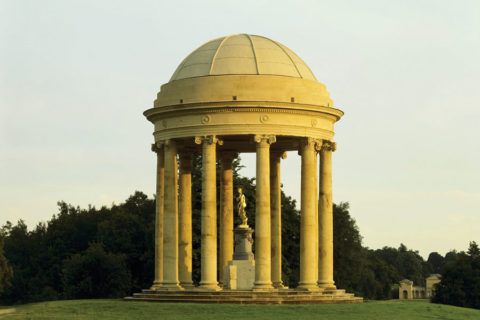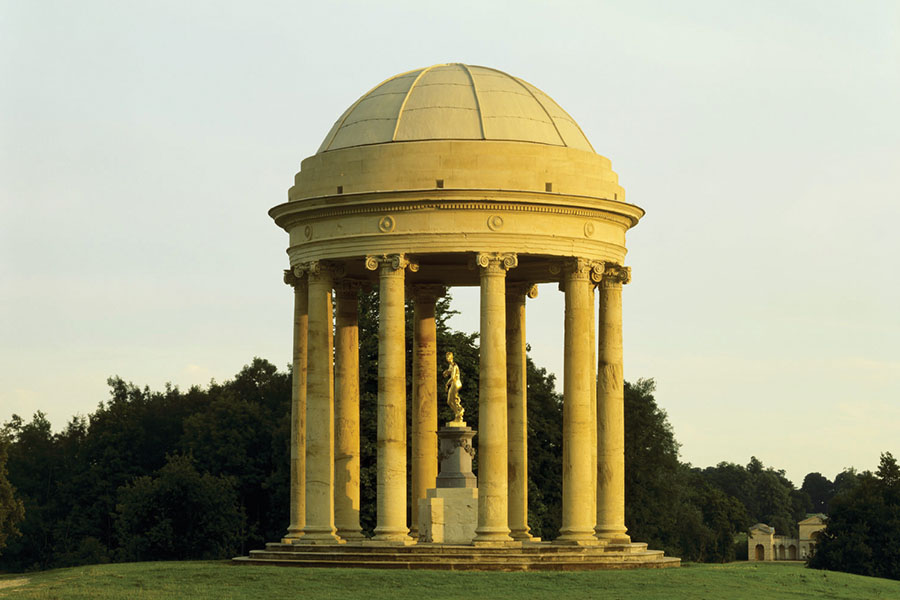Initiative Overview
In 2018, the Royal Oak Foundation embarked on its appeal to raise $200,000 to help the National Trust complete a major, five-year restoration of its magnificent landscapes, monuments, temples and follies. Two donors are matching our appeal dollar-for-dollar – tripling the impact Royal Oak will make to bring Stowe back to its original splendor. Read on to learn more about Stowe’s rich history and the restoration projects that have been completed, as well as ones that are in the works. We hope it will entice you to make a gift and visit magnificent Stowe on your next trip to the United Kingdom.





